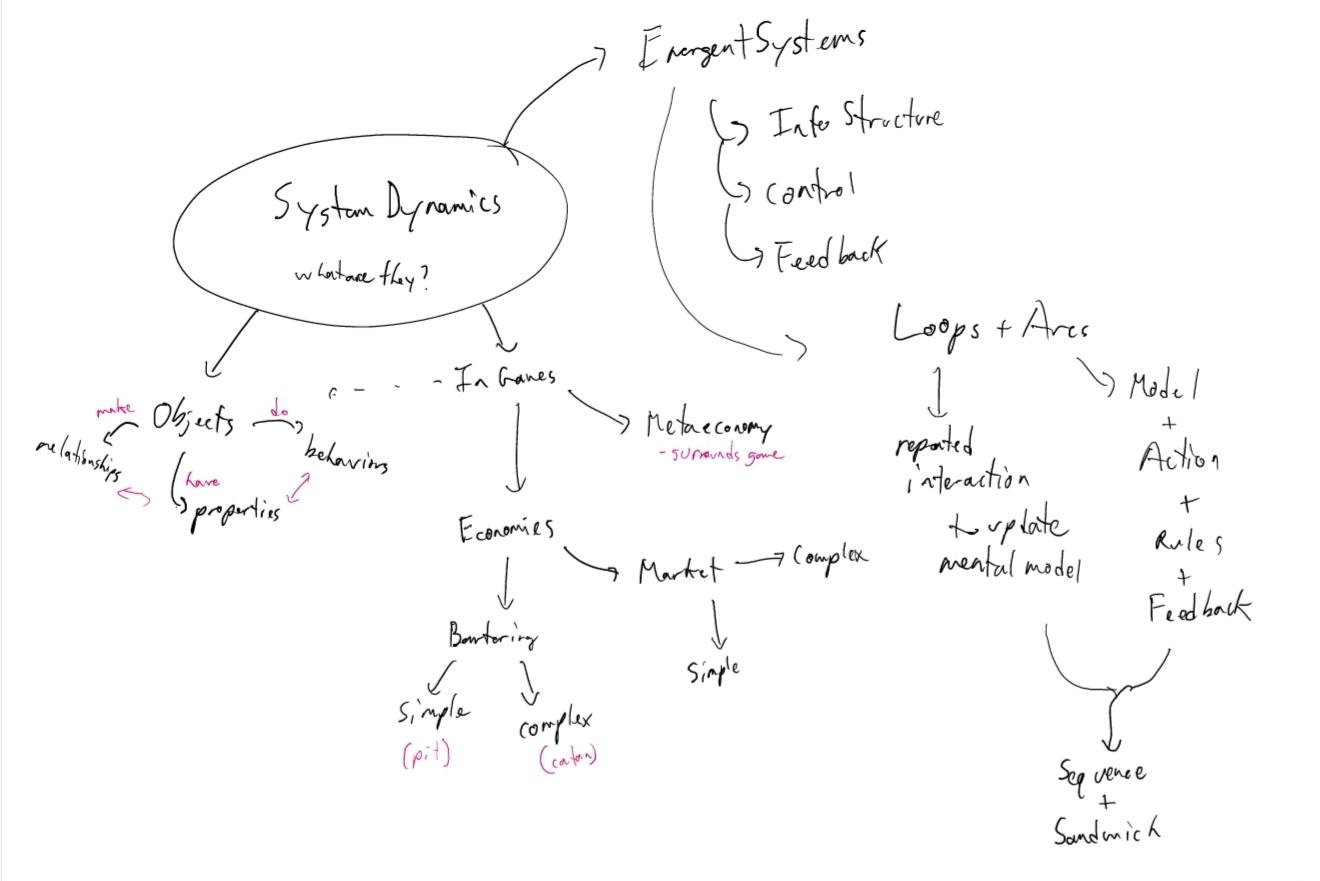In The Adventures of SpaceBoy, the player plays as the titular character SpaceBoy as he endeavors to leave his planet to meet his online space girlfriend SpaceGirl. In just a few weeks, their two planet’s orbits will coincide, putting the two planets as close together as will ever be for thousands of years. He contracts the mysterious, gruff, vaguely amicable SpaceDoc to help him build a rocket ship to get to his interplanetary date, and hopefully (if the date goes well) SpaceBoy and SpaceGirl will return to his planet and live happily ever after.
To build the rocket however, the player (as SpaceBoy) must extract resources from his home planet. SpaceDoc’s material demands for the rocket plans are very resource intensive, and before long, SpaceBoy notices changes in the planetary ecosystem as a result of his excavations and deforestation. The player must then calibrate their interactions with the environment to gather the resources necessary for the rocket without further disturbing the ecosystem.
The Adventures of SpaceBoy leverages procedural map generation, thus no two plays are the same. The parameters that go into the procedural generation of each map are directly affected by the player’s actions in previous levels. Harming the environment too much in early levels will affect resource abundance in later levels and additionally create a negative climate effect, such as high wind or pollution, which respectively make it harder for the player to move and see. Some dynamics complicating the player’s adventure include time pressure: the player must harvest materials within a given number of “days” where each day consists of a 10-minute level or else the SpaceDoc gets mad and quits, forcing the player to start over in roguelike fashion. This time pressure pushes the player to move quickly, but harvest in a mindful manner. Furthermore, the player has a daily amount of energy – manual labor saps energy at a high rate. After a certain level, players can use power tools to keep their energy costs down. However, this is another system in the game, as power tools 1) require fuel to power, thus sacrificing a resource that could otherwise be given to SpaceDoc and 2) output exhaust and have another negative effect on the environment. Additionally, hidden somewhere in each level is/will be a piece of world lore – perhaps an old signpost or a ruin – that gives the player story enrichment. This incentivizes the player to explore the daily map. Lastly, if the player harms the environment too much, even if they succeeded through all of the levels and managed to get to SpaceGirl, through a cut scene (or some other story mechanic), the player will see the damage they caused to the planet when they return with their new companion (embarrassing).
The values encoded in the game are rather simple; we want players to think about each and every action they take in the game and figure out how to interact with the environment in a sustainable way. Climate change is very real. We are seeing the effects of it this very day. We want our game to challenge the player. We hope they learn to manage their energy and resources to interact with the environment sustainably, something they can take back into the real world, while having a fun (if somewhat frustrating) experience.
Mindmap on Reading:


